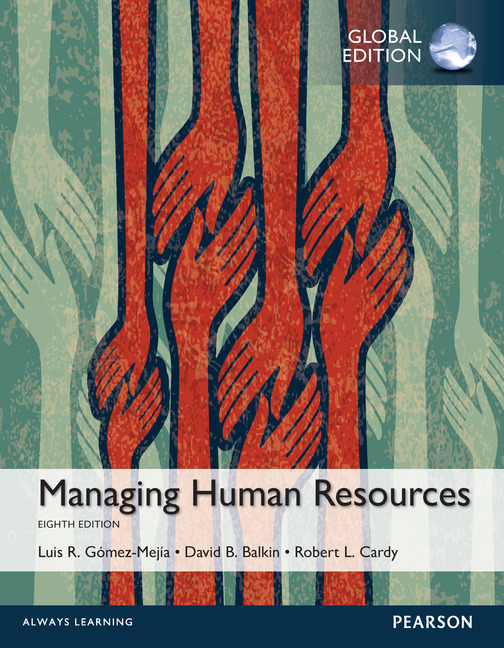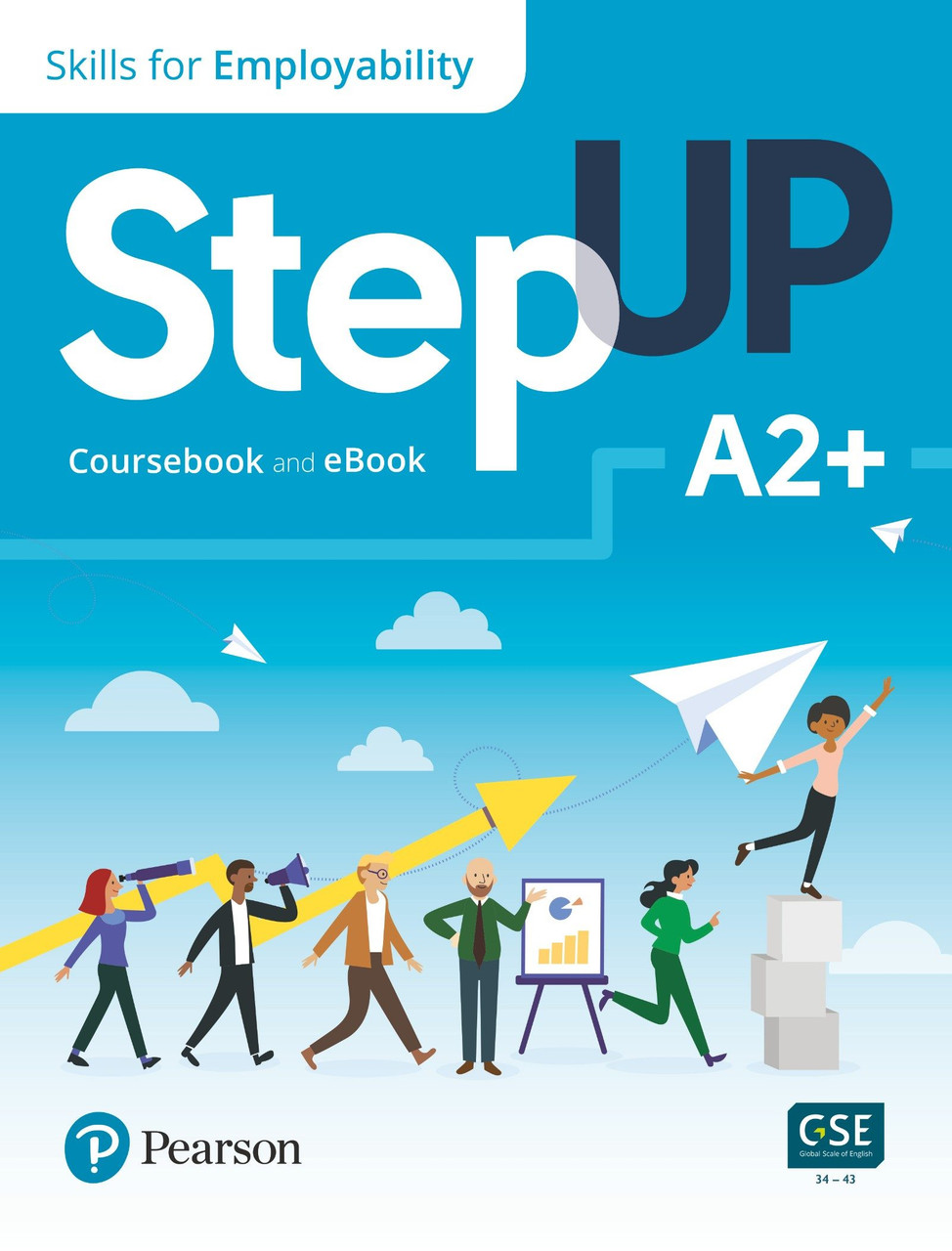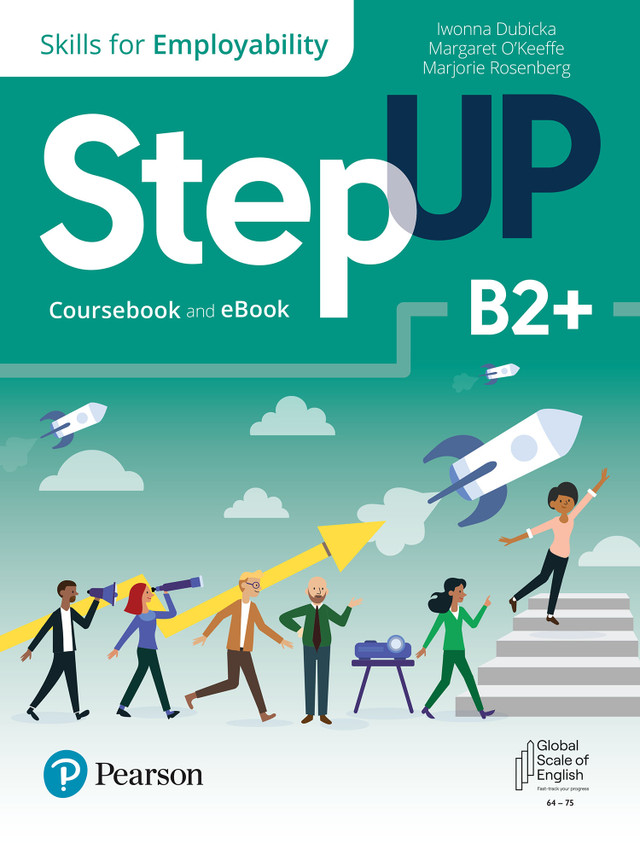Description
Prepare future managers with an understanding of HR skills.
Managing Human Resources gives future managers a solid business understanding of human resource management skills. The approach used in this text makes human resources relevant to anyone who has to deal with HR issues in the workplace, even those who do not hold the title of manager. The 8th Edition is updated to include new introductory vignettes, new case studies, and a focus on emerging trends in HR.
Features
- Customer-Driven HR demonstrates how managers and employees can benefit by approaching employees and internal customers.
- Ethics focuses on HR-specific issues that challenge managers and employees.
- Emerging Trends presents new developments in HRM practices that are likely to require increased attention in the near future.
- Global focuses on HR practices in different countries and offers lessons that can be applied to diverse work contexts within the United States and elsewhere.
- Bring the concepts to life: Discussion Cases are provided at the end of each chapter to support each of the major themes of the book. These cases are organised as follows:
- HR in Small Businesses cases deal with concrete situations facing a small business.
- Customer-Driven HR cases illustrate how HRM can add value to an organisation by taking a customer-oriented perspective.
- Ethics cases illustrate how managing people can involve tough, real-life choices regarding taking the “right” actions.
- Emerging Trends cases illustrate an HR-related issue that’s likely to require increased attention in the future.
- Global cases draw students’ attention outside the boundaries of the U.S. and highlight international HR issues.
- NEW! 700 new references are cited within the text.
- NEW! Most introductory vignettes are either new, substantially revised, or updated.
- NEW! Approximately 75 percent of the end-of-chapter cases are new or have been extensively revised and updated.
- NEW! More than 80 percent of the boxed features within the text have been replaced with new ones or have been substantially revised or updated.
- NEW! Coverage of the special human resource issues concerning social responsibility and ethics as well as technology and social media. This is included in new topical sections of most chapters as well as in new Manager’s Notebook features, discussion questions, and cases.
- UPDATED! Coverage of how firms respond to dynamic changes in their strategy as a result of environmental jolts, and the important role that human resource management plays in this process.
- UPDATED! Coverage of the legal environment of HR, such as the changing legal requirements companies must meet to provide health insurance to employees and emerging regulations that attempt to balance employee and employer rights to engage in religious practices in the workplace.
- NEW! Manager’s Notebooks provide exposure to a variety of issues that managers confront daily, from providing feedback during an appraisal session to preparing employees for a layoff. Approximately half of the Manager’s Notebooks are new for this eighth edition, and many of the remaining features have been updated with the most current information. Manager’s Notebooks are divided into five categories:
- Technology/Social Media notebooks discuss specific opportunities and challenges posed by technology and the increase in the use of social media in human resource management.
- Customer-Driven HR notebooks demonstrate how managers and employees can benefit by approaching employees as internal customers.
- Ethics/Social Responsibility notebooks focus on the role of HR practices in promoting social responsibility and ethical issues that challenge managers and employees.
- Emerging Trends notebooks present new developments in HRM practice that are likely to require increased attention in the near future.
- Global notebooks focus on HR practices in different countries and offer lessons that can be applied t
New to this Edition
- 700 new references are cited within the text.
- Most introductory vignettes are either new, substantially revised, or updated.
- Approximately 75 percent of the end-of-chapter cases are new or have been extensively revised and updated.
- More than 80 percent of the boxed features within the text have been replaced with new ones or have been substantially revised or updated.
- Coverage of the special human resource issues concerning social responsibility and ethics as well as technology and social media. This is included in new topical sections of most chapters as well as in new Manager’s Notebook features, discussion questions, and cases.
- Coverage of how firms respond to dynamic changes in their strategy as a result of environmental jolts, and the important role that human resource management plays in this process.
- Coverage of the legal environment of HR, such as the changing legal requirements companies must meet to provide health insurance to employees and emerging regulations that attempt to balance employee and employer rights to engage in religious practices in the workplace.
Manager’s Notebooks provide exposure to a variety of issues that managers confront daily, from providing feedback during an appraisal session to preparing employees for a layoff. Approximately half of the Manager’s Notebooks are new for this eighth edition, and many of the remaining features have been updated with the most current information. Manager’s Notebooks are divided into five categories:
- Technology/Social Media notebooks discuss specific opportunities and challenges posed by technology and the increase in the use of social media in human resource management.
- Customer-Driven HR notebooks demonstrate how managers and employees can benefit by approaching employees as internal customers.
- Ethics/Social Responsibility notebooks focus on the role of HR practices in promoting social responsibility and ethical issues that challenge managers and employees.
- Emerging Trends notebooks present new developments in HRM practice that are likely to require increased attention in the near future.
- Global notebooks focus on HR practices in different countries and offer lessons that can be applied to diverse work contexts within the United States and elsewhere.
You Manage It! Cases: In an effort to make the conceptual material discussed in each chapter come to life, we provide “You Manage It!” case studies at the end of each chapter to support each of the book’s major themes. For each case, we have included critical thinking questions, team exercises, and experiential exercises. Many cases also include individual exercises for students who wish to or who can only work individually as a member of a class (for instance, those taking online courses). These cases are organized as follows:
- Technology/Social Media cases deal with concrete situations where technology/social media affect HR practices related to the subject matter discussed in that particular chapter.
- Customer-Driven HR cases illustrate how HRM can add value to an organization by taking a customer-oriented perspective. Ethics/Social Responsibility cases illustrate how managing people can involve tough, real-life choices regarding the “right” actions that should be taken and how organizations can act in a more socially responsible manner through appropriate HR practices.
- Emerging Trends cases illustrate HR-related issues that are likely to require increased attention in the future.
Global cases draw students’ attention outside the boundaries of the United States and illustrate that HR issues may be international in scope.
Table of Contents
- PART I: Introduction
- 1. Meeting Present and Emerging Strategic Human Resource Challenges
- PART II: The Contexts of Human Resource Management
- 2. Managing Work Flows and Conducting Job Analysis
- 3. Understanding Equal Opportunity and the Legal Environment
- 4. Managing Diversity
- PART III: Staffing
- 5. Recruiting and Selecting Employees
- 6. Managing Employee Separations, Downsizing, and Outplacement
- PART IV: Employee Development
- 7. Appraising and Managing Performance
- 8. Training the Workforce
- 9. Developing Careers
- PART V: Compensation
- 10. Managing Compensation
- 11. Rewarding Performance
- 12. Designing and Administering Benefits
- PART VI: Governance
- 13. Developing Employee Relations
- 14. Respecting Employee Rights and Managing Discipline
- 15. Working with Organized Labor
- 16. Managing Workplace Safety and Health
- 17. International HRM Challenge






Reviews
There are no reviews yet.